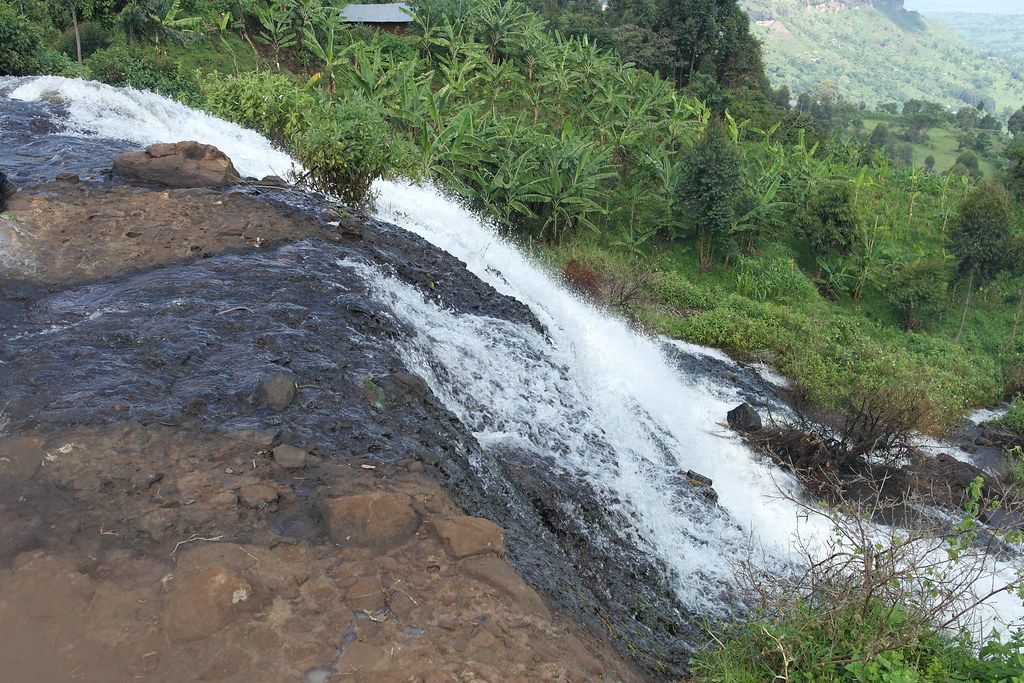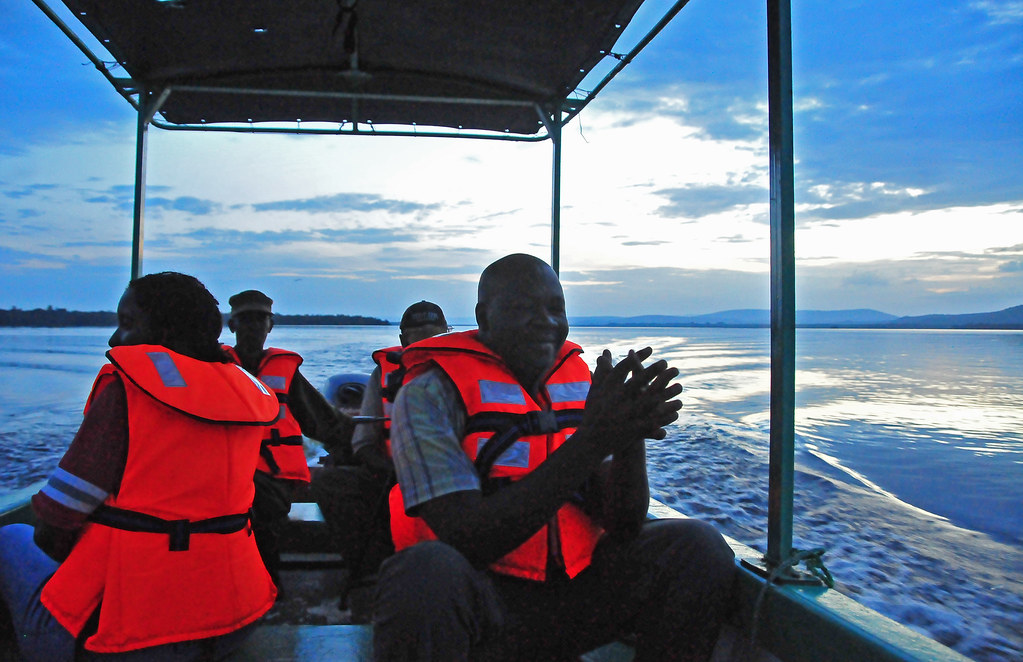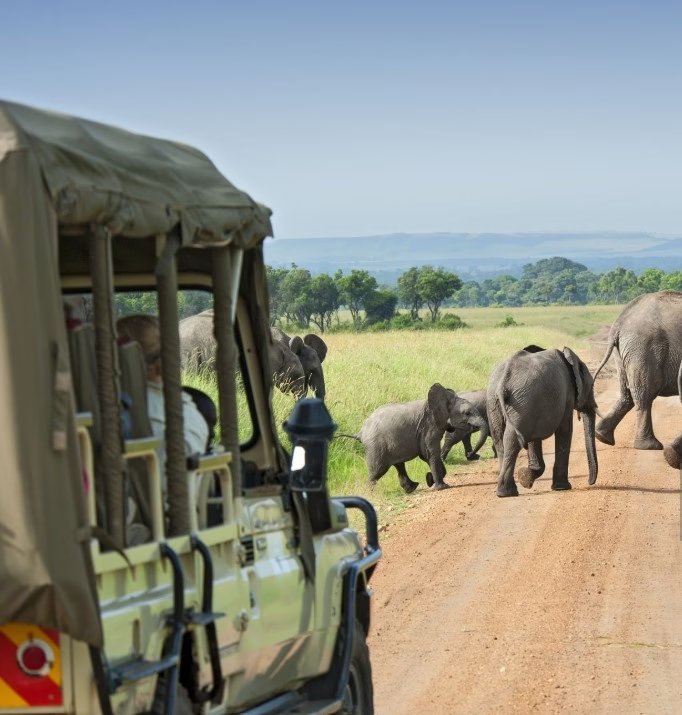
10 Tips for Visiting Masai Mara on a Kenya Vacation
10 Tips for Visiting Masai Mara on a Kenya Vacation
There’s something truly magical about standing on the golden plains of the Masai Mara, eyes wide with wonder as elephants lumber past, lions bask in the sun, and herds of wildebeest paint the horizon in motion. This legendary game reserve in Kenya is not just a destination, it’s a deep and soulful experience that connects you to nature in its purest form. The sunrises here feel sacred, the sunsets a whispered prayer from the wild. Whether it’s your first safari or a return to this enchanted land, Masai Mara promises a journey that stays etched in your memory forever.
To help you make the most of this once-in-a-lifetime adventure, here are 10 essential tips for visiting Masai Mara on your Kenya vacation.
1. Plan for the Wildebeest Migration (if possible)
The Great Migration is one of the most dramatic wildlife spectacles on Earth. Over two million wildebeest, along with zebras and gazelles, move in a circular journey across the Serengeti and Masai Mara in search of fresh grazing. The best time to witness the migration in the Mara is typically from July to October. During this period, you may also catch the thrilling river crossings, where crocodiles lurk and predators wait. Planning your visit around these months offers an unforgettable wildlife encounter.
2. Choose the Right Time of Year Based on Your Interests
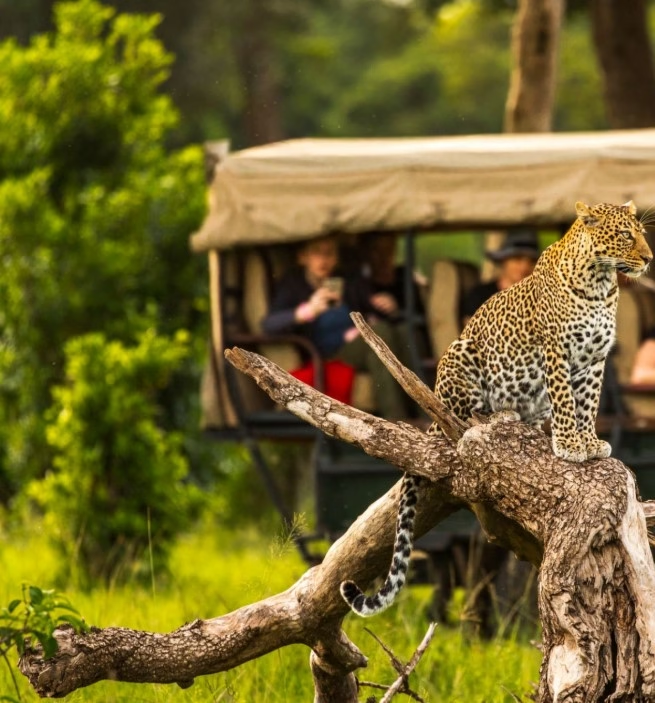
While the migration season is popular, Masai Mara is a year-round safari destination. The dry season (June to October) offers great wildlife viewing due to thin vegetation and animals congregating around water sources. The short rains (November to December) and long rains (March to May) bring dramatic skies, fewer tourists, and lush green landscapes. Bird watchers, in particular, may prefer the wetter months when migratory species arrive.
3. Pack Smart, Travel Light, and Dress Right
Lightweight, neutral-colored clothing is best for blending into the surroundings and staying cool during game drives. Pack long sleeves for sun protection and to avoid mosquito bites. A warm jacket is essential for chilly mornings and evenings. Don’t forget a wide-brimmed hat, sunglasses, sunscreen, insect repellent, and a reusable water bottle. Comfortable, closed shoes are important, especially if you plan on going for nature walks or visiting a Maasai village.
4. Opt for Early Morning and Late Afternoon Game Drives
Wildlife is most active during the early morning and late afternoon, when temperatures are cooler. These hours also offer the best lighting for photography. Morning game drives start just after sunrise, and they’re your best bet for catching predators on the hunt or big cats returning from a night’s roam. Evening drives, on the other hand, reveal the serene beauty of the savannah bathed in golden light and provide opportunities for unique sightings as nocturnal animals begin to stir.
5. Stay in a Camp or Lodge That Suits Your Style
Masai Mara offers a wide range of accommodations, from luxurious tented camps with all modern comforts to more rustic and eco-friendly options. Some camps are located within the reserve, while others are in conservancies bordering the Mara. Staying in a conservancy often allows for off-road driving and night safaris. Consider your budget, preferences, and the kind of experience you want whether it’s ultra-luxury, authentic bush vibes, or a family-friendly setup.
6. Respect Wildlife and the Environment
One of the most important rules on safari is to observe animals from a respectful distance. Never attempt to touch or feed wildlife. Avoid loud noises, sudden movements, or anything that could disturb the animals. Stick to designated tracks unless permitted otherwise by your guide. Leave no trace behind carry out your trash and avoid using single-use plastics. These small actions help protect the delicate ecosystem of the Mara.
7. Don’t Skip the Cultural Experience
The Masai Mara is named after the Maasai people, who have lived in harmony with the land for centuries. Visiting a Maasai village offers a deeper understanding of their traditions, dances, way of life, and connection to nature. It’s a humbling experience to witness their rich culture and hear their stories firsthand. Always ask before taking photos and support local artisans by purchasing handmade crafts.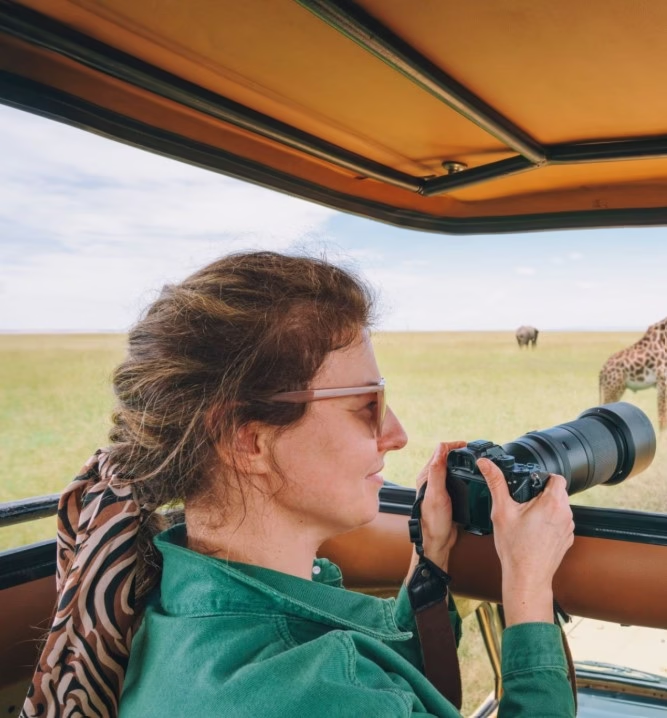
8. Bring a Good Camera and Binoculars
Whether you’re a seasoned wildlife photographer or a casual traveler, having a decent camera with a zoom lens will help you capture incredible moments. Binoculars are also essential for spotting animals that may be far off in the bush. Some camps provide them, but it’s always good to bring your own pair. Don’t forget extra batteries and memory cards, as you’ll likely be taking more photos than you expect.
9. Travel with a Knowledgeable Guide
A great guide can transform your safari into a truly enlightening journey. Their knowledge of animal behavior, plant life, and tracking skills adds immense depth to the experience. They know where to look, how to interpret signs in the wild, and often have fascinating stories to share. Always listen to your guide’s instructions they are trained to ensure your safety and enhance your adventure.
10. Slow Down and Soak in the Magic
In our fast-paced world, the Masai Mara invites you to slow down. Don’t rush from one animal sighting to the next. Take time to breathe in the silence of the plains, watch a giraffe silhouetted against the rising sun, or marvel at the intricate balance of life and survival in the wild. Sometimes, the most beautiful moments are the quietest ones like watching a lioness tenderly groom her cubs or seeing elephants bathe in a muddy stream. Allow yourself to connect deeply with nature.

